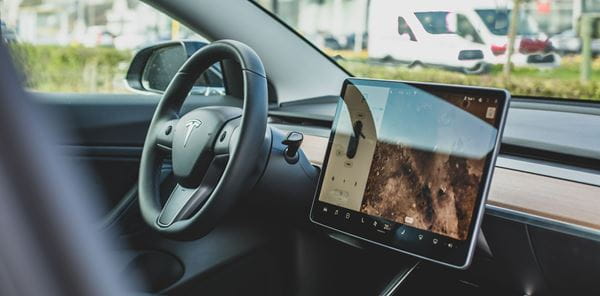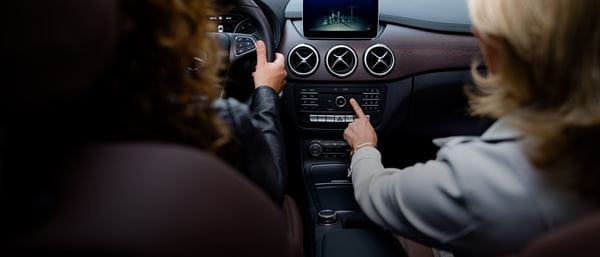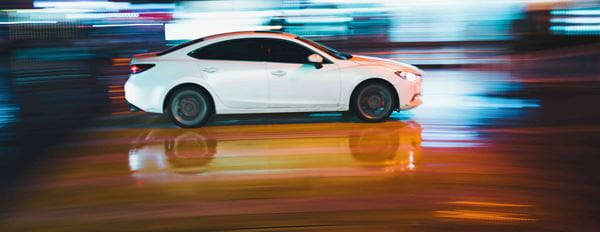
Motoring Tips: Staying Safe
The fact that we know how to drive does not mean that a car is safe enough when we are on the road - neither for us nor for pedestrians. In order to ensure that our driving is safe for all, we should always mind our own behaviour. Let's look at some tips that will help us the next time we are ... on the road!
Food for thought!
1. None for the road
Research by Brake reveals that over half of young and a third of older motorists might unwittingly be over the limit because alcohol they consumed the previous evening is still in their bloodstream. The law has very strict limits but things like stress, age, weight and metabolism can all increase the effect alcohol can have on your ability to drive – even if you are under the limit.
So next time you decide on a night in, why not give your enclosed personal breathalyser a try. You might be surprised at the readings you get from just one small drink.
*35 micrograms of alcohol per 100 millilitres of breath.
Source: Drinkaware.co.uk
2. Running late?
Research has shown that for every mile per hour you drive over 30mph, the likelihood of your being in an accident increases by up to 5.5%. If you really need to get there as quickly as possible, there’s one fool-proof solution: leave earlier.
Source: European Road Safety Observatory
3. “Keep your eyes on the road, your hands on the wheel”*
It isn’t just mobile phones that cause distractions. Eating, applying make-up, playing with electronic devices and chatting (or telling the kids off in the back) can divert your attention in potentially deadly ways.
*Rock legend Jim Morrison “Roadhouse Blues
- 1.Think. Brake. STOP. Remind yourself of the Highway Code stopping distances:
(speed)² ÷ 20 + thinking distance = overall stopping distance in feet (1 foot=0.3048metres)
Thinking distance:
50 klm/h: 9m
80 klm/h: 15m
110 klm/h: 21m
Braking distance:
50 klm/h: 14m
80 klm/h: 38m
110 klm/h: 75m
Stopping distance:
50 klm/h: 23m
80 klm/h: 53m
110 klm/h: 96m
These are only a guide as thinking distance can be increased by greater speed, tiredness, alcohol and drugs and distractions – and braking distance can be increased by speed, poor road conditions as well as the condition of the car.
See you... on the road!





